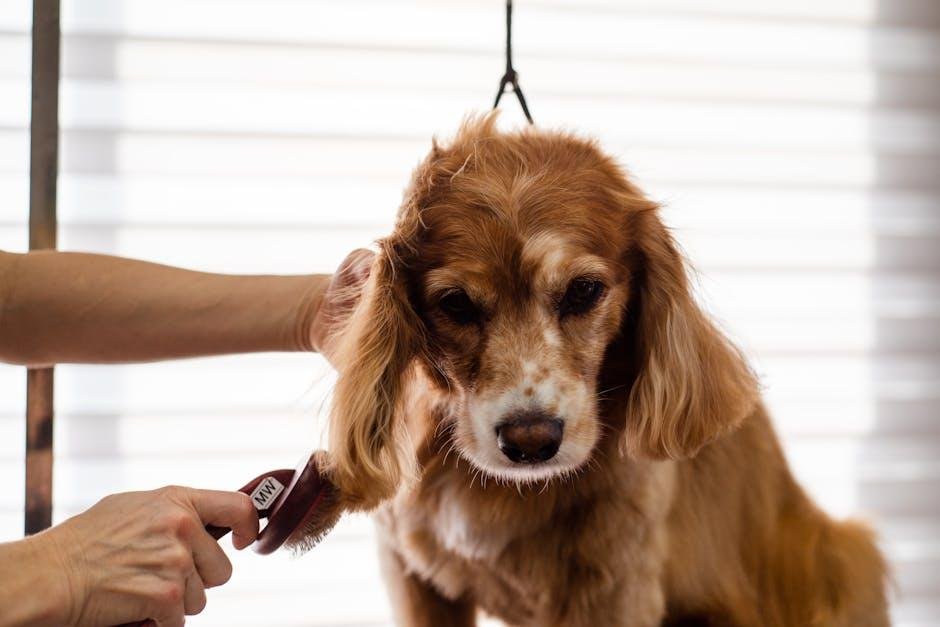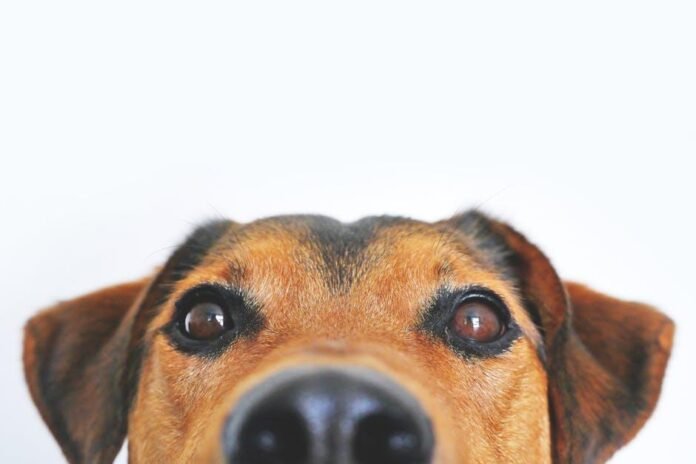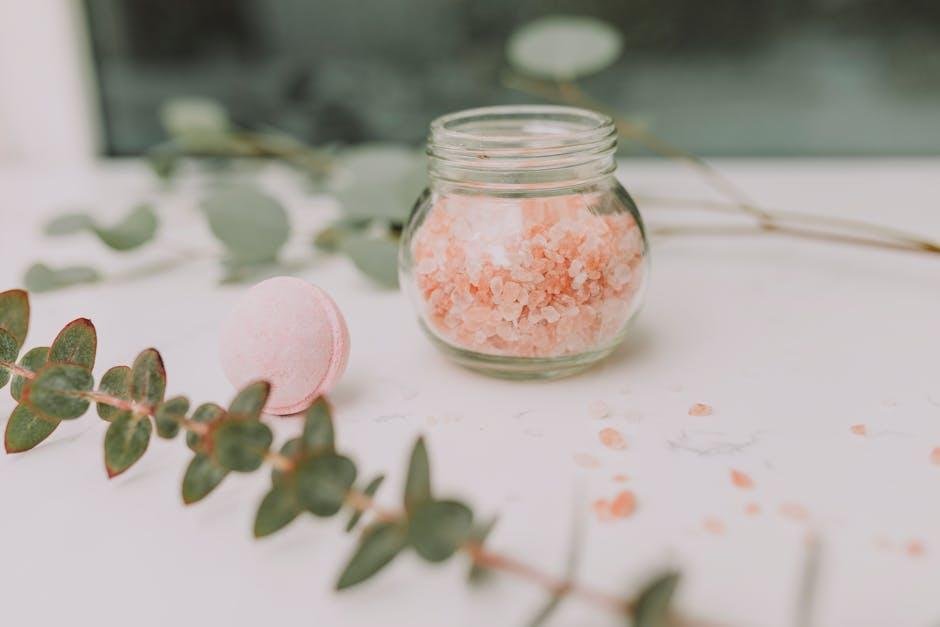When our furry companions undergo surgery, the road to recovery can be just as important as the procedure itself. While the focus frequently enough shifts to healing and rehabilitation, one crucial aspect that pet owners may overlook is maintaining their dog’s cleanliness during this vulnerable time. Keeping your dog clean not only promotes comfort but also helps prevent infections and supports overall healing. In this article, we’ll explore practical tips and gentle techniques to ensure that your pup stays fresh and tidy after surgery, allowing them to focus on what they do best—resting and recuperating. Whether your dog is sporting an inconspicuous stitch or a more extensive incision, our guide will equip you with the knowledge to navigate post-surgery cleanliness with confidence and care.
Post-Surgery Bathing Techniques for Your Recovery Pup
Keeping your furry friend clean after surgery is crucial for their healing process, but it requires a gentle approach to avoid any strain on their wounds.Here are some effective techniques to consider for bathing your pup:
- Sponge Bathing: Instead of a full bath, use a damp sponge or cloth to wipe your dog’s body, focusing on the areas that get dirty. This method helps maintain hygiene without getting the surgical site wet.
- Waterless Shampoo: Look for veterinary-approved dry shampoos specially formulated for pets.These products allow you to clean their coat while keeping the surgery site dry.
- Use a Moisturizing Spray: After cleaning, apply a dog-safe moisturizing spray to soothe their skin and keep their coat healthy.
- Limit Bath frequency: Post-surgery,it’s essential to limit baths to avoid irritation. Aim for a sponge bath every few days if necessary, and consult your vet for specific recommendations.
Additionally, pay close attention to your dog’s comfort during this time. Always prepare the bathing area and have the following items handy:
| item | Purpose |
|---|---|
| Soft Towels | For drying your dog gently post-bath. |
| Non-slip Mat | To prevent slipping during bathing. |
| veterinary Shampoo | To ensure you’re using safe products. |
| Grooming Brush | for detangling their fur carefully. |
Manage the bathing procedure to make it less stressful, ensuring you maintain a calm surroundings. speak soothingly to your pup while working gently, and always keep an eye on any signs of discomfort. Maintaining a clean, safe routine not only aids in their recovery but also strengthens the bond between you and your beloved pet.

Essential Grooming Practices to Support healing
When your furry friend comes home after surgery, maintaining their cleanliness is essential not only for their hygiene but also for supporting their recovery. Start by ensuring that the area around the surgical site remains dry and clean. A gentle sponge bath can definitely help keep your dog fresh without risking wetness at the incision. Use a soft, damp cloth to wipe down the fur, paying close attention to the areas around the stitches, while avoiding any scrubbing that could irritate the skin. Avoid water directly on the surgical site as this can lead to infection and delayed healing.
Regular grooming can also play a key role in your dog’s post-surgery care. Tools such as a soft brush or comb can help manage loose fur and dander, preventing mats and tangles that could cause discomfort. Incorporating these simple grooming tasks into your daily routine not only helps keep your dog clean but also strengthens your bond during their recovery. Consider the following grooming practices:
| Grooming Task | Frequency | Notes |
|---|---|---|
| Brushing | 2-3 times a week | Focus on comfort; use gentle strokes. |
| Wipe-downs | Daily | Use a damp cloth, avoiding the incision area. |
| Nail trimming | Weekly | Keep nails trimmed to prevent injury. |

creating a Clean and Safe environment During Recovery
Ensuring a hygienic and protected space for your recovering dog is paramount for their well-being and healing.Start by designating a specific recovery area in your home,preferably a quiet and comfortable zone,isolated from daily activities and potential disturbances. Equip this space with essential items like a cozy dog bed, fresh water, and their favourite toys, ensuring they have everything they need without unnecessary distractions. clean the area thoroughly before your dog’s arrival to eliminate any potential irritants or germs.
Regular maintenance of your dog’s living environment is critical. Here are a few simple ways to maintain cleanliness during their recovery phase:
- Daily Cleaning: Sweep or vacuum the designated area to remove fur and debris.
- Fresh Bedding: Wash your dog’s bedding weekly, or more frequently if accidents occur.
- Grooming: Brush your dog gently to keep their coat clean and reduce the likelihood of infection.
- Safe Products: Use pet-friendly cleaning products to ensure no harmful residues are left behind.

Nourishing Your Dog’s Skin and Coat After Surgery
After your dog’s surgery, ensuring their skin and coat are nourished is crucial for a speedy recovery. Proper nutrition is the foundation of healthy skin and fur, so consider incorporating the following elements into their diet:
- High-quality protein: Essential for tissue repair and muscle maintenance.
- Omega fatty acids: Look for fish oil or flaxseed oil to support skin health and reduce inflammation.
- antioxidants: Ingredients like blueberries and spinach can combat free radicals and promote healing.
- Hydration: Make sure your dog has constant access to fresh water to keep their skin hydrated.
In addition to dietary adjustments, topical care can provide direct benefits to your dog’s skin and coat.Regularly brushing your dog helps to stimulate blood circulation and distribute natural oils, which are vital for a shiny coat. You can also consider the following practices:
| Care Practice | Description |
|---|---|
| gentle Baths | Use a mild, hypoallergenic shampoo to avoid irritation. |
| Moisturizing sprays | Look for canine-specific sprays that soothe itchy or dry skin. |
| Regular Vet Check-ups | Keep an eye on any changes in skin condition that may require attention. |
In Retrospect
ensuring your furry friend remains clean and comfortable after surgery is crucial for their recovery and overall well-being. By following the guidelines outlined in this article—providing a safe space, using gentle cleaning methods, and keeping a close eye on incisions—you’ll be well-equipped to help your dog heal smoothly. remember, your patience and care during this time go a long way in reinforcing their trust and love for you. With a little extra attention and a lot of heart, you can make this post-surgery phase a positive experiance for both you and your beloved pet.Cleanliness may be next to dogliness, but more importantly, it’s a step towards a swift and healthy recovery. Thank you for taking the time to prioritize your dog’s care, and here’s to many more joyful moments together as they bounce back to their usual selves!



